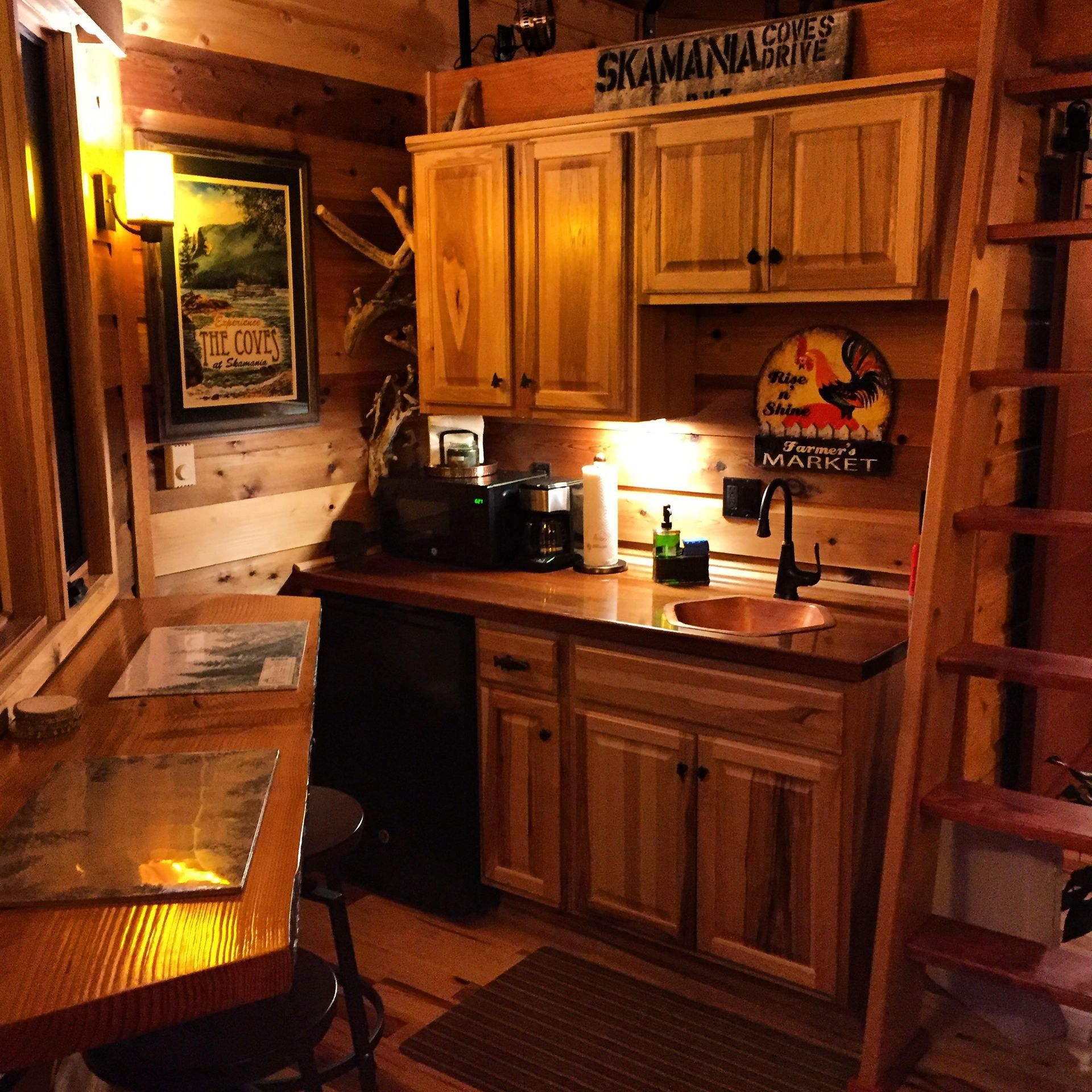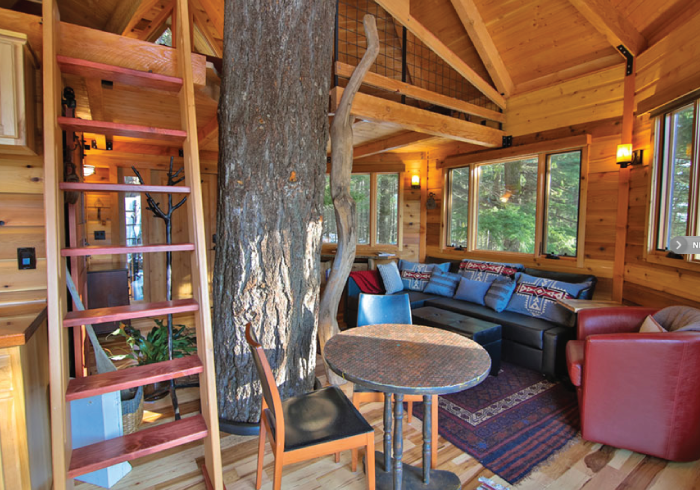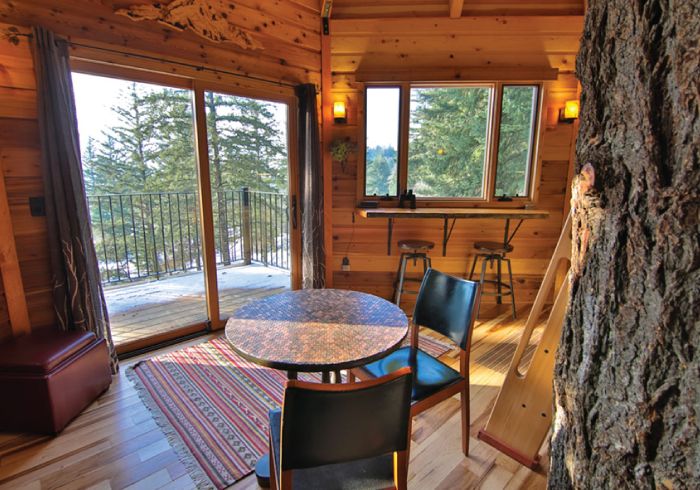Native Spirits & Spirit Pennies of Skamania Coves
Chapter Nine: The Honoring
Native Spirits & Spirit Pennies of Skamania Coves: as experienced by Cinda Stevens Lonsway ~ Steward of Skamania Coves written February 14, 2024.

Back home in Portland, I shared with Scott all that had taken place that day. Although neither of us expected the extent of what my friend uncovered, and it is such a wild story to share, I knew he would be open to what she and I experienced. Scott is open-minded and chooses to believe something could be real until it’s proven otherwise, where a skeptical person might say they will only believe when something is proven real.
When I described the experience of the Chieftain on top of the burial platform, it validated for him the found duffle bag, the rancid smell, and the eerie feelings he had in that house. It brought Scott relief to know that the Native man accepted his stewardship of the land. He was curious to see if the smell and eerie feelings would be gone when he visited the house again.
He listened in awe and respect and asked many questions. His main concern was that the Native spirits did not feel we banished them. It was and still is imperative to both of us that they know we are willing to live respectfully alongside them. I assured him that my friend had communicated this clearly and that all the spirits chose to leave on their own.
To authenticate this understanding, I told him how my friend was able to still communicate with the spirit of the Chieftain after he had had been escorted off the property by his fellow Warriors. This told us that the spirits were still around if we chose to connect but no longer anchored or tied to the land out of necessity. They were free to come and go as they desired.
I believe this explains how the spirit penny game can still be played. Also, since the necessity to protect is no longer there, the smell and eerie sensations around the Beacon Rock Condo are gone. Since the spirits are untethered, the said haunting of the old High House has never returned once we built the house.
I mentioned how my friend had suggested the importance of honoring the tribal people with something significant and meaningful– an object that would look over his burial site. Scott agreed.
We were on a shared mission. First, we had to find out more about the Native history of Skamania County.
A few days later, when we were back in Stevenson, we visited the Columbia Gorge Museum. This interesting museum has a fantastic collection of photographs, replicas, and displays that feature the Native Gorge inhabitants and its history up to modern times.
We absorbed all the information the museum had to offer about the original people of this area— specifically, the Wishram band of the Yakama Nation who gave permission for the museum to display a replica of their petroglyph of Tsagaglalal, respectfully translated into She Who Watches from the Wasco-Wishram language.

Mythology has it that Tsagaglalal was a female chief who was deeply concerned about the safety of her people once she was gone. Coyote came to her and told her that soon the world would change and that women would no longer be chiefs. Coyote then tricked her and turned her into a rock, saying, “Now you shall stay here forever, watching over your people and the river.”
Scott and I had a deep realization that the tribe who carved Tsagaglalal into the stones at Dallesport, Washington, located in the Columbia Hills State Park, could have been related to the same tribe of the Chieftain on our property.
It seemed fitting that Chief Tsagaglalal’s protection of her people and land while watching over the river, was similar to the mission of the Chief from our location. This was getting exciting. Learning about the people who came before us made us feel even closer to them.
One night, after eating dinner in downtown Stevenson, we stopped at an art gallery. The artist created metal cutouts from old logging mill blades. The art was incredible. On the wall hung a cut out of Tsagaglalal, [unfortunately we don’t remember the name of this fabulous artist and the gallery is no longer there].
“This could work, don’t you think?” Scott asked, hopeful, excited. “We could hang this on the west side of the Bluff House’s outer beams. She will look down onto the Beacon Rock and the cul-de-sac. She Who Watches, will watch over us.”
Scott had another great idea. He took a can of black spray paint and used the cutout of Tsagaglalal as a stencil, and permanently placed her image onto the rocks surrounding the culde-sac. The face of She Who Watches looks down from the stone hillside on the trail up to the High House, from the rocky hill next to the Beacon Rock Condo, and she also watches from the hill below the Bluff House. With each stencil, he blessed and thanked the Native people for trusting us with their land.
The stencils have long been weathered away or grown over by moss and ferns, but the energy of Tsagaglala is still watching over us.

Next, we visited The History Museum of Hood River. There we learned about the Watlalas tribe of the Chinooks from the Hood River area. We came upon a portrait of a Native woman called Alice Slim Jim Charley taken by Archie McKeown in 1954. The plaque under her black and white photograph said she was the “last survivor of the Hood River Indian tribe, the Watlalas of the Chinooks.”
We wondered if her ancestors were related to the Native people who lived downstream and across the river on our property. Since it made sense that they could have been connected, we purchased a poster of a painting of Alice Slim Jim Charley. Scott hung her image in the back bedroom of the Beacon Rock Condo.

Note: It’s important to say that we found no actual human remains buried on the property. What we uncovered was energetic, spiritual, and mystical. The bird and fish bones found in the duffle bag could have been an offering but would have been buried within the last 70 years (the black garbage bag was invented in 1950). If someone had buried that duffel bag in honor of someone or something, it most likely was buried before the houses were built. We may never know….
STORY CONTINUES >>>>> CHAPTER TEN: SKAMANIA COVES’ ART





